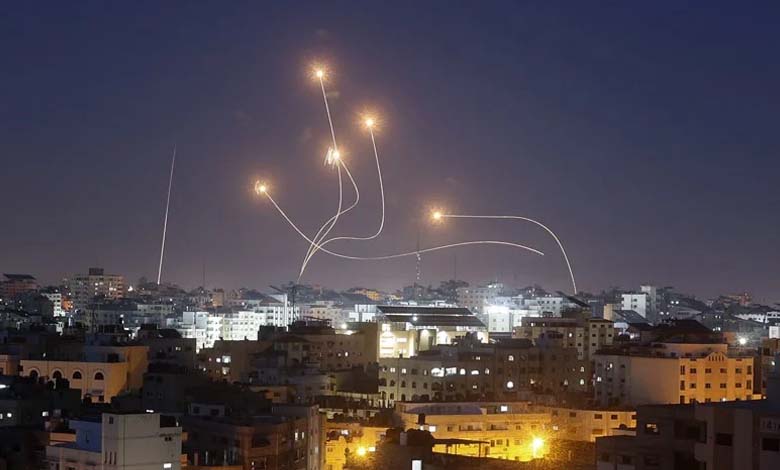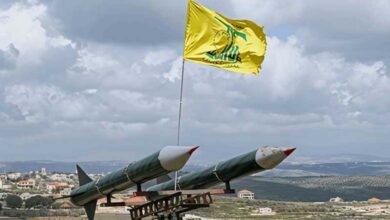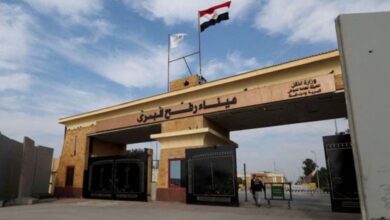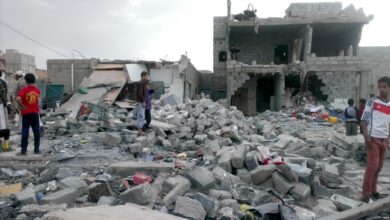Iranian Missiles on Israel: Launch and Interception Costs

After Iran launched around 200 missiles at Israel a few days ago, questions arose about the cost incurred by Tehran for these expensive missiles, as well as the cost of intercepting them.
-
Can Hezbollah stand up to Israel? Iranian President expresses doubts
-
Iran’s Secret Document Ignites a Dispute within the Israeli Military and Netanyahu’s Office
Based on the unwritten rule that the cost of intercepting missiles is higher than launching them, Iran, which incurred – according to preliminary estimates – around $200 million due to its missile strikes on Israel last week, caused the Israeli state to spend approximately $450 million to intercept them.
According to reports from the Israeli military, Iran launched 181 ballistic missiles at Israel last week, most of which were intercepted by the air defense system. The United States, through its missile destroyers, also intercepted 12 missiles, according to American reports, meaning Tehran launched around 200 missiles, with some falling in Iran and Iraq.
-
Washington Post reveals how Lebanese pay the price for Iranian threats and ongoing Hezbollah-Israel clashes
-
Will Iran Abandon Its Revenge Against Israel in Exchange for a Gaza Ceasefire?
Estimates suggest that the production cost of each missile was at least $1 million. The Iranians also used advanced models such as the “Emad”, “Kheibar”, and even the “Fateh-1”, which is claimed to be hypersonic — capable of flying and maneuvering at speeds exceeding five times the speed of sound — in an attempt to deceive air defense systems trying to intercept it.
The Jerusalem Post reported that $200 million represents a substantial amount for a series of missiles, though it is not a negligible portion of Iran’s missile stockpile. However, from Tehran’s perspective, this amount is a relatively light blow to its finances, as it can export around $35 billion worth of oil annually despite international sanctions.
-
Leaks from the Secret Meeting: Iran Refuses to Support Hezbollah and its Iraqi Militias Against Israel
-
Intense Cyber War Between Israel and Iran
How Much Did Israel Spend?
The Israeli news site Walla stated that “defense is always more expensive than attack. Iran can bear the costs better than Israel, which relies on American funding.”
In a report, it explained that “the ballistic missile, with a range of 1500 to 2000 kilometers, is an expensive weapon, costing the Iranians at least $1 million to manufacture.”
-
Washington Tests Military Capabilities Amid Escalation Between Israel and Iran
-
Israel Caught Between Rafah and Iran.. Will it Break the Pressure Barrier?
To intercept the Iranian missiles, the Israeli Air Force used “Arrow 2” and “Arrow 3” missiles, which are not launched against missiles deemed to strike uninhabited or militarily insignificant areas. However, this time the Iranians used their more accurate missiles, requiring more interceptions.
The Israeli military did not disclose how many Arrow missiles were used or whether the “David’s Sling” and “Iron Dome” interceptors were deployed to intercept large fragments or large Iranian missiles without warheads.
-
Sanctions on Iran and Aid to Israel… “American Representatives Swim Against the Biden Current”
-
Israeli Army and Mossad Agree on Plans to Strike Iran
According to the Israeli site, the older “Arrow 2” missile, which intercepts its target at tens of kilometers in the atmosphere, costs around $3 million, while the newer “Arrow 3” missile, which intercepts ballistic missiles in space and at a greater distance from Israel’s borders, costs around $2 million.
It noted that “if around 180 Arrow missiles were needed, and both types were used, the interception cost amounts to approximately $450 million, more than double the cost of Iran’s missile barrage.”












